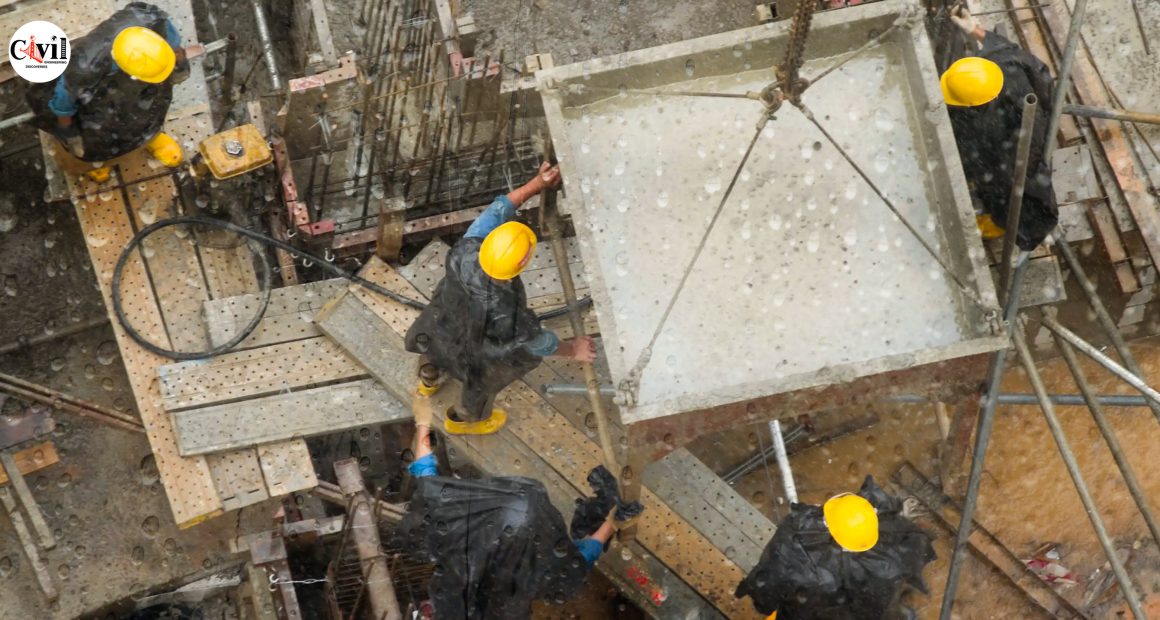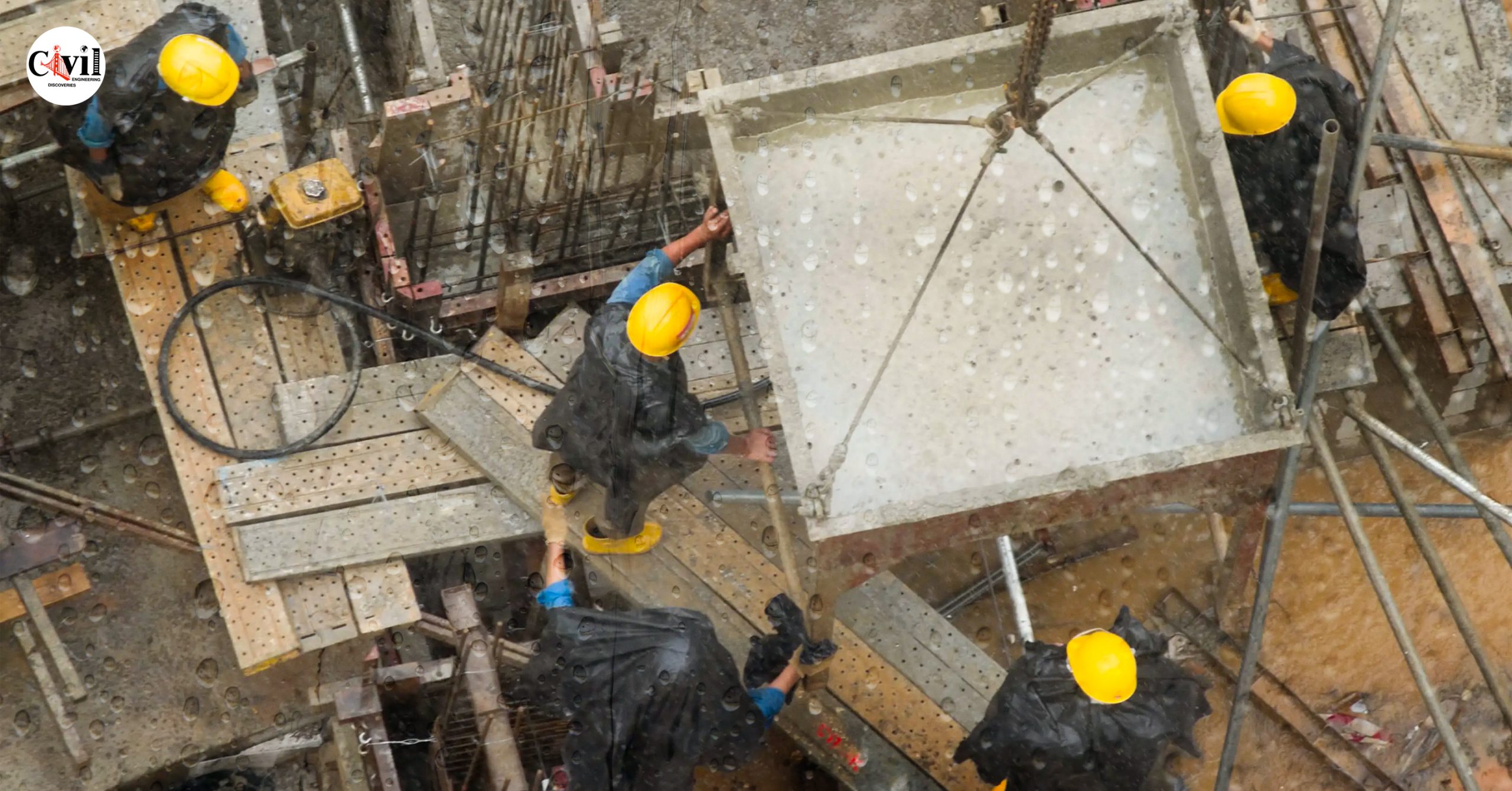Concrete pouring is a crucial step in construction, but what happens when it starts raining? Can concrete be poured amidst rain showers? This article addresses these concerns and provides essential precautions to take when pouring concrete in the rain.
Understanding Concrete
Types of Concrete
Concrete comes in various types, including ready-mix, high-strength, and lightweight. Each type serves specific construction needs, offering different strengths and durability.
Effects of Rain on Concrete
Rainfall can adversely affect freshly poured concrete. It may weaken the mixture, leading to cracks, surface defects, and reduced structural integrity. Additionally, excess water can alter the concrete’s chemical composition, impacting its curing process.
Can You Pour Concrete in the Rain?
While it’s technically possible to pour concrete in light rain, it’s generally not recommended. Heavy rain can significantly compromise the quality of the concrete and jeopardize the entire construction project.
Precautions
1. Planning
Before pouring concrete, check the weather forecast meticulously. Avoid scheduling pours on days with high chances of rain. If rain is inevitable, plan accordingly by rescheduling or taking necessary precautions.
2. Tools and Equipment
Ensure all tools and equipment are properly covered and protected from rainwater. Use waterproof covers or tarps to shield materials, mixers, and other construction essentials from moisture.
3. Safety Measures
Implement proper safety protocols for workers. Equip them with appropriate attire, including rain gear and non-slip footwear, to prevent accidents and injuries on wet surfaces.
Steps to Pour Concrete
- Prepare the site: Ensure the area is well-drained and free from standing water.
- Mix the concrete: Follow manufacturer instructions precisely to achieve the correct consistency.
- Pour the concrete: Work quickly but carefully to avoid delays and ensure even distribution.
- Finish the surface: Use appropriate tools to smooth and level the concrete before it sets.
- Protect the concrete: Cover the freshly poured concrete with waterproof materials to shield it from rain.
Conclusion
Pouring concrete in the rain poses significant challenges and risks to construction projects. While it’s feasible under certain conditions, taking adequate precautions is paramount to ensure the quality and durability of the concrete. By planning, protecting equipment, and implementing safety measures, construction teams can mitigate the adverse effects of rain on concrete pours.






